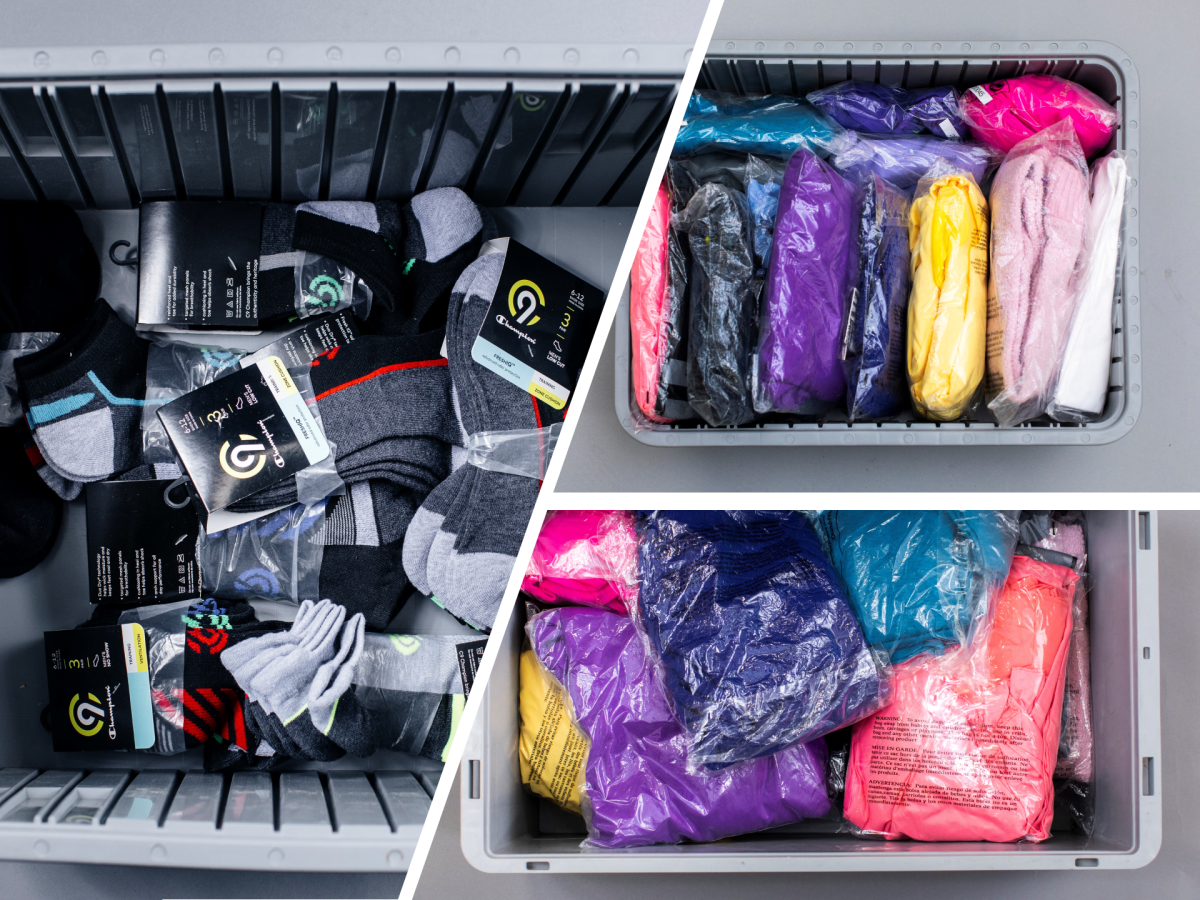Supply chains have always been critically important. When retailers invest correctly, logistics presents the opportunity for not only hard cost savings but long-term value creation as organizations find innovative ways to deliver products into the hands of consumers.
Logistics operations have been the backbone of our global economy for centuries. And while mainstream audiences have only recently started to grasp the vital role they play in our daily lives, we have actually made more improvements within retail logistics in the past twenty years than in the previous hundred and fifty.
That pace of advancement is only accelerating as retailers continue to find new ways to create the ultimate customer experience. Leaving everyone asking, “What’s next”?
The warehouse and the customer experience
The three stages of change
The best way to understand where retail logistics is going is to first understand where it’s been. There have been a few major shifts that have fundamentally changed the nature of warehousing and fulfillment.
These have set the groundwork for what’s ahead — a Cambrian explosion of innovation where AI will play a dominant role.

The Operational Cost Center [the 1900s]
Initially, warehouses were treated as a critical — though unremarkable — part of the business. Retailers were inexorably dependent on them to operate, but these functions were seen more as a cost center. We hadn’t quite recognized their strategic potential to drive customer loyalty and influence shopping decisions.
Instead, retailers invested in store footprints to capture customers. Walmart built the epitome of convenience in the megastore and conquered the retail landscape in the 1980s and 1990s. But at this time, warehouse footprints were treated as a necessary evil — decidedly “unsexy” and unworthy of topline investment.
That perception changed with the rise of the internet. As the customer experience started to come online, warehouse investments transformed. Amazon, who couldn’t compete (at that time) via a store footprint, accelerated this shift in the retail landscape. They invested in logistics to establish a new customer experience — one that was conveniently delivered directly to your door. It was a shift representing the fundamental acknowledgment that fulfillment operations would be critical to retail success.
Suddenly, supply chains were visible, appealing, and worth investing in.
Millennium shift towards warehouse automation [the early 2000s]
Internet retail sales skyrocketed at the turn of the century. To accommodate, retailers rushed to stand up massive warehouses and fulfillment centers — and they quickly realized that these facilities spanning millions of square feet in remote areas needed a significant level of automation.
This next stage saw an infusion of automation to increase capacity and speed by reducing the warehouse's reliance on labor and eliminating manual bottlenecks from the warehouse floor.
We saw heavy investment in physical processes and hardware automation — conveyors, automated storage and retrieval systems (AS/RS), automated guided vehicles (AGVs), autonomous mobile robots (AMRs), and goods-to-person (GTP) systems all drove marked improvements in speed, accuracy, and efficiency. Warehouses also advanced digitally to further reduce reliance on manual workflows. Software investments into, most notably, warehouse management systems (WMS) uncovered a vast number of automation opportunities within the warehouse that would have been impossible without data and insights.
Together, these physical and digital improvements in automation represented another massive leap forward. However, it was one beset with limitations that — at the time — were negligible. No one could foresee a world where warehouses would need to quickly unlock deeper levels of efficiency and flexibility.
That was until 2020 when the retail landscape shifted, yet again.
The future: The AI Robotics Revolution [the 2020s and beyond]
During COVID, stores became irrelevant as consumers flocked to online and app-based shopping. Order cycle expectations for those purchases sped up from an average of two weeks to two days and, in many circumstances, two hours. At the same time, the labor pool disappeared practically overnight.
Even as supply chains finally normalize back to some pre-pandemic conditions in 2023, the warehouse workforce continues to shrink. Furthermore, market conditions are pushing retail leaders to unlock even higher levels of operational efficiency and profitability.
With a landscape that seems to be constantly shifting under our feet every few months, logistics leaders are testing and seeing the limits of their previous automation investments. They need to go even further.
We’ve entered a new era made possible by recent advancements in the field of modern AI. There is a new generation of automation that unlocks the next level of opportunity within our warehouses. Machines have the ability to become the bedrock of the logistics industry as they adapt to new challenges, autonomously handle anomalous or unexpected events, and, ultimately, eliminate the remaining manual bottlenecks that exist in warehouse center operations.
AI Robotics is undoubtedly leading us into a stage of unprecedented growth by reducing costs and improving fulfillment times. At the same time, it is enhancing the quality and safety of jobs in an environment that has struggled to maintain an engaged workforce.
As with the other evolutionary stages, this era will be just as significant as the ones that preceded it — perhaps more by enabling logistics leaders to continue to raise the bar even higher.
Conclusion: How retail leaders will emerge victorious
The evolution of retail logistics has been a continuous journey, from an operational function to an automated function, and now, to an AI function.
As with the generations described previously, this shift to an AI-first approach may seem gradual when looked at retrospectively decades later, but it is taking hold quickly. This is an acutely strategic time — the decisions leaders make now will determine what organizations emerge as leaders.
Before AI assumes its rightful place in the retail supply chain, organizations need to solidify their own AI strategy along with a core set of trusted AI Robotics partners. Establishing this isn’t something that can — or should — be deferred for a later date. Retailers should act with a sense of urgency.
As we have seen from past evolutionary stages, early decisions will prove vital to emerging as the next leader. The most successful will be those who make bold investments in AI Robotics to optimize their operations and strengthen their position against less innovative rivals.





